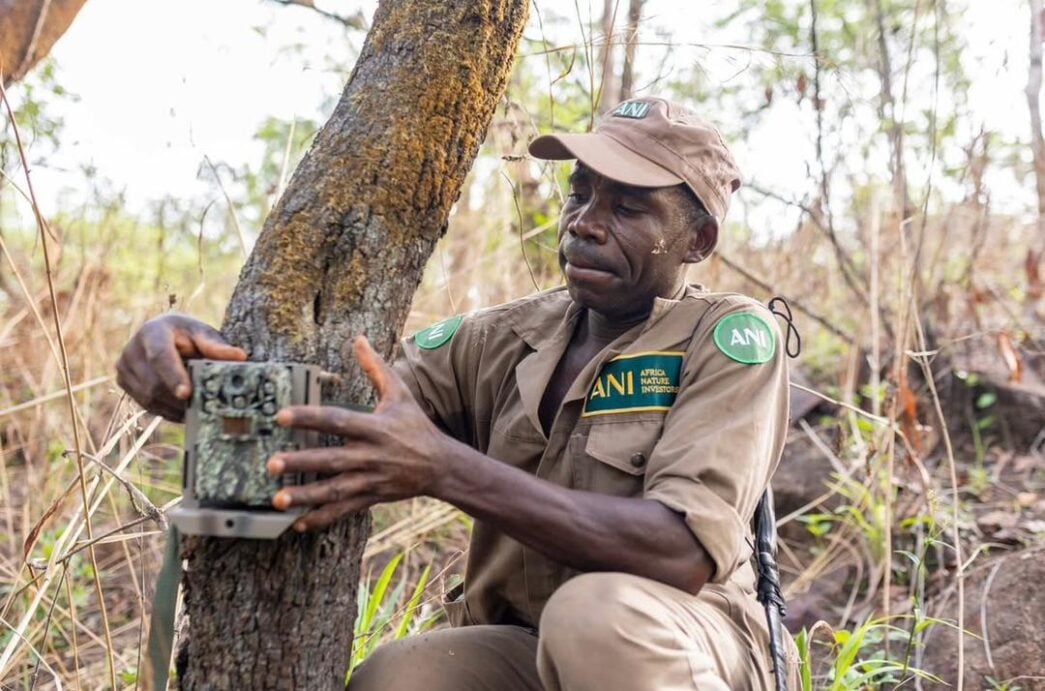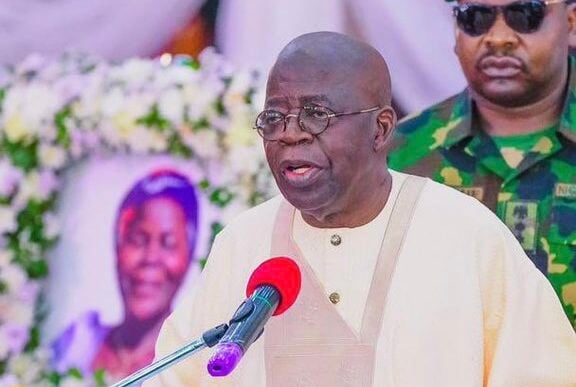A ranger setting a camera trap in Gashaka Gumti national park
Nigeria’s national parks have long carried the weight of abandonment, with forests thinned by loggers, wildlife hunted by poachers, and rangers stretched thin. Yet, in recent years, these fragile landscapes have begun to tell a different story: one of revival and the search for new models of protection.
Nowhere does that shift stand out more than in Gashaka Gumti National Park, a vast wilderness in the north-east where a 2018 partnership with African Nature Investors (ANI) has turned decline into renewal and offered a glimpse of what conservation-driven tourism could mean for the country.
THE VALUE OF NIGERIA’S WILD SPACES
Nigeria’s national parks were established to safeguard some of the country’s most unique landscapes and wildlife. Their role goes far beyond serving as leisure spaces for picnics or safaris.
Advertisement
They are reservoirs of biodiversity, carbon sinks that help mitigate climate change, and cultural landscapes tied to local traditions.
From the rainforests of Cross River to the savannas of Yankari, these parks protect ecosystems that are vital to the country’s environmental, economic, and social well-being.
They provide safe havens for endangered species such as gorillas, chimpanzees, and several primates and antelopes.
Advertisement
By conserving these habitats, the parks help stabilise the environment and support essential ecosystem services — from clean air and water to climate regulation and soil health. This makes them important not only for Nigeria, but also for global conservation efforts.
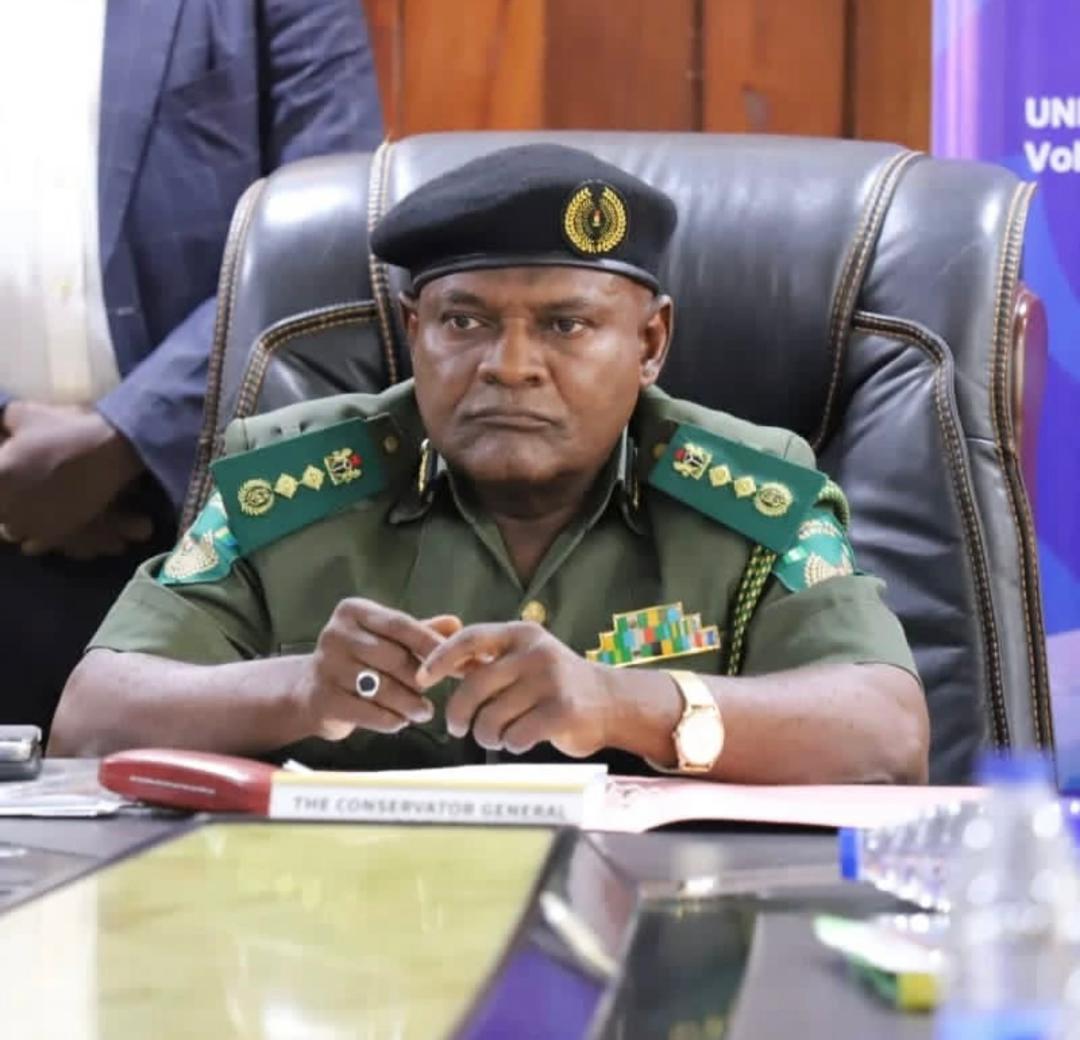
National parks also serve as engines of economic growth. They generate jobs through eco-tourism, employing tour guides, rangers, and hospitality workers, while creating opportunities for artisans, food vendors, and small businesses in surrounding communities.
At the same time, they offer educational and recreational experiences for Nigerians and international visitors, while preserving the country’s cultural heritage.
Ibrahim Musa Goni, conservator-general of the National Park Service (NPS), noted that one of the distinctive features of Nigeria’s parks lies in their geographical location.
Advertisement
“We are located in the tropic but the vegetation constituting each of the zones differs from other countries. Our type of vegetation is wooded,” he said.
“The type of vegetation in Kenya, Tanzania, and South Africa is not wooded but veiled vegetation where you have straws and grasses. This is why you see their wildlife in large numbers, but the diversity of their wildlife cannot be compared to what we have in Nigeria.
“Nigeria has more diversity of wildlife but fewer numbers roaming the landscape. And we tend to benefit more from climate change mitigation and carbon credit.”
According to Goni, this uniqueness not only enhances the tourism appeal of Nigerian parks but also strengthens the country’s leverage in climate finance markets — a natural advantage that other countries are still trying to restore.
Advertisement
GASHAKA GUMTI: NIGERIA’S LARGEST NATIONAL PARK
Among Nigeria’s network of protected areas, none stands out quite like Gashaka Gumti National Park, the country’s largest and most ecologically significant reserve.
Advertisement
Straddling Taraba and Adamawa states on the border with Cameroon, the park stretches across 6,731 square kilometers, a mosaic of wilderness that makes it both a national treasure and a global conservation priority.
Its landscapes are as varied as they are dramatic. In the southern Gashaka sector, rugged mountains, deep valleys, and pristine forests dominate, crowned by Chappal Waddi, Nigeria’s highest peak at 2,419 meters. To the north, the Gumti plains open into vast savannahs and grasslands.
Advertisement
Together, these contrasting terrains shelter ecosystems ranging from montane and lowland rainforests to savannah woodlands and montane grasslands. The park also serves as an important watershed for the River Benue, Nigeria’s second-largest river.
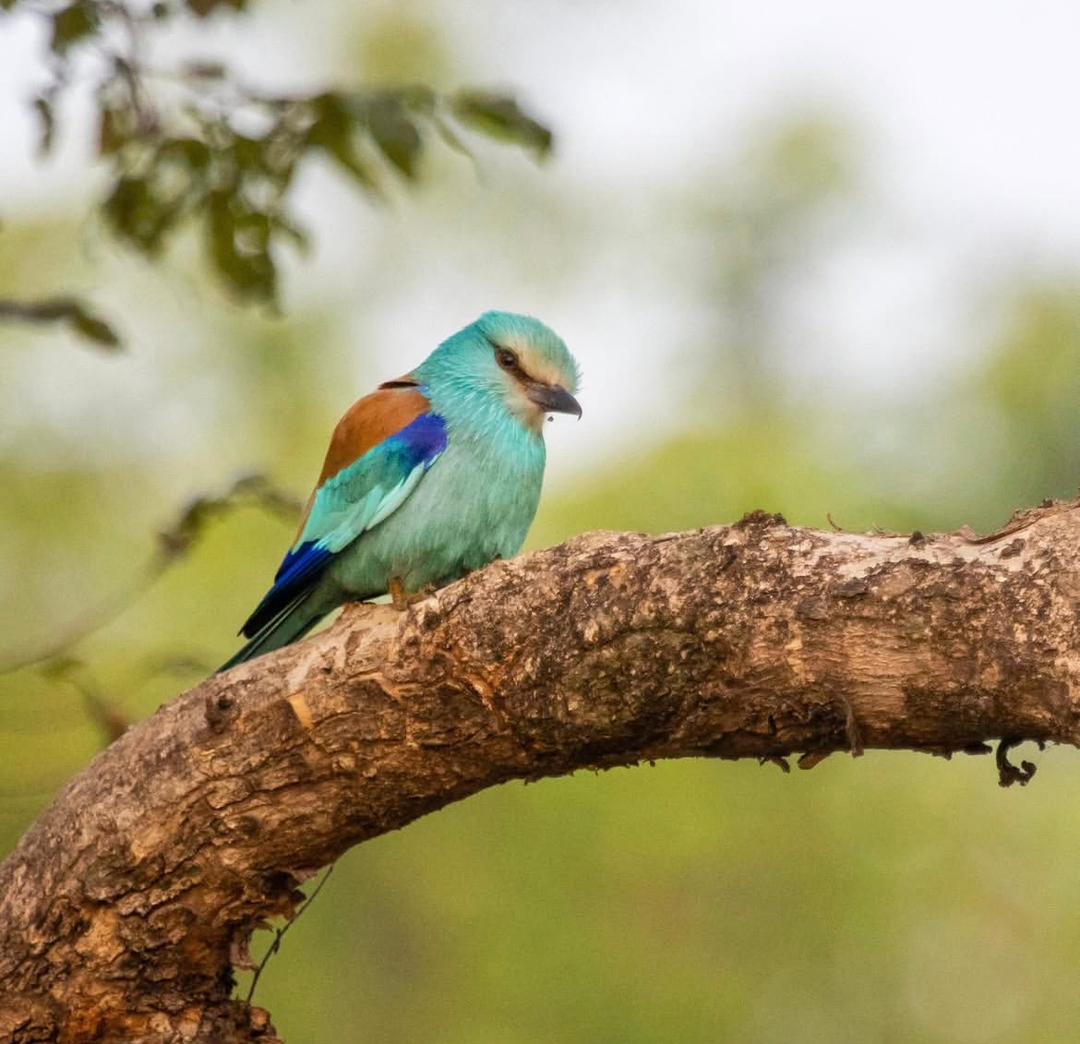
This diversity of habitats makes Gashaka Gumti a biodiversity stronghold. It is one of West Africa’s most important primate sanctuaries, home to a significant population of the critically endangered Nigeria-Cameroon chimpanzee, as well as baboons, and other primates.
Advertisement
Larger mammals such as leopards, golden cats, giant forest hogs, and a variety of antelope and duiker species also roam its expanse. For birdlife, the park is nothing short of extraordinary: over 500 species have been recorded, earning it recognition as an Important Bird Area and a paradise for birdwatchers.
REFORMING PARKS THROUGH PARTNERSHIPS
For decades, Nigeria’s national parks have struggled under the weight of neglect, poaching, and chronic underfunding. Rangers were often outnumbered and ill-equipped, while loggers, grazers, and miners steadily encroached on fragile ecosystems.
To address these challenges, the federal government turned to partial commercialisation, guided by the Public Enterprises (Privatisation and Commercialisation) Act of 1999, which commenced in December 1998.
The Act established the National Council on Privatisation (NCP) and the Bureau of Public Enterprises (BPE) to oversee reforms, including the commercialisation of state-owned entities.
According to Goni, national parks were “penciled for partial commercialisation to get technical assistance, financial assistance, and training”.
The most prominent outcome of this approach came in 2018, when the government signed a partnership with ANI Foundation to co-manage Gashaka Gumti National Park.
It was the first large-scale test of a public-private partnership (PPP) model in Nigeria’s protected areas, later expanded to Okomu National Park in Edo state.
“The essence is for them to develop tourism facilities by way of giving them concessions to build infrastructure, train staff, and support the conservation of resources. Where you have ecological tourism developing, the tendency is to move away from this mono-economic culture and diversify the Nigerian economy,” Goni told TheCable.
He said the goal of the NPS was to attract investment to upgrade infrastructure, improve ranger welfare, and expand eco-tourism.
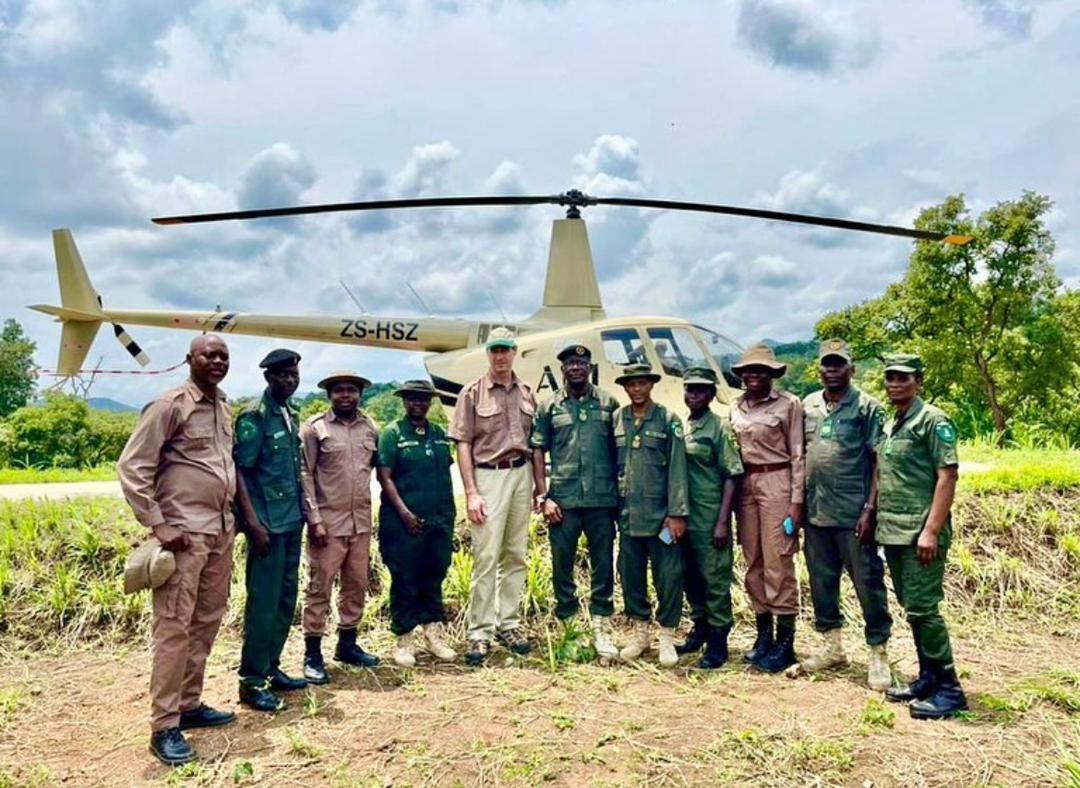
At Gashaka Gumti, Goni said ANI introduced helicopter surveillance, improved ranger conditions, and supported community skills training. In Okomu, similar work began to strengthen conservation and tourism facilities.
At Kainji National Park in Niger and Kwara, he said the Nigerian Conservation Foundation (NCF) took on a different role, providing stipends, walkie-talkies, motorbikes, laptops, and supporting lion-monitoring research.
“For Kainji, we are in agreement with NCF in the area of research and support for park surveillance, particularly for the rangers,” he said.
“NCF supports the park every quarter with the sum of N350,000. They have also supported research in lion population, and provided about 10 motorcycles to the park. They have provided laptops and walkie-talkie to facilitate the work of the rangers.”
The NPS argued that these partnerships are intended first to stabilise the parks’ ecological base and security, and then build tourism opportunities around them.
Goni said the strategy is part of Nigeria’s broader effort to “diversify the economy beyond oil” by positioning parks as natural assets capable of drawing visitors and investment.
However, commercialisation has not erased the pressures on the parks. Conflicts with local communities remain frequent, as residents often see the parks’ natural resources as theirs to use freely.
“Communities are daily becoming confrontational. They believe these resources are God-given and should be used freely, but we say they must be used sustainably,” the conservator-general said.
Goni said the result has been recurring clashes between parks and communities, cattle grazers, miners, and timber exploiters as the NPS struggles to balance conservation with local livelihoods.
He noted that these experiences revealed important lessons. Gaps persisted in ranger welfare, with limited staff to cover vast landscapes. Logistics remained a recurring challenge, from the need for vehicles and motorcycles to inadequate tourism facilities.
Community relations also proved central. Needs assessments around several parks showed strong interest in non-timber forest products such as bush mango in Cross River or shea nuts in Kainji and Gashaka — suggesting pathways for engaging local residents while reducing pressure on wildlife.
“We have also realised that there are gaps in areas of manpower. We do not have the desired number of manpower to adequately confront contemporary challenges like banditry and kidnapping,” he added.
The NPS described the lessons from PPP as part of an ongoing process of adaptation. Goni said each partnership highlighted both the potential for external support and the structural challenges that needed to be addressed to scale the model across other parks in the country.
A PARK RECLAIMED: THE GASHAKA GUMTI TRANSFORMATION
The 2018 partnership between the federal government and ANI Foundation became the testing ground for Nigeria’s new model of park management. For Gashaka Gumti — vast, ecologically rich, but long weakened by insecurity and neglect — the agreement marked a turning point.
What followed was a steady reshaping of the park and its surrounding communities. Rangers, recruited largely from local villages, received continuous paramilitary training. New logistics, including a helicopter, patrol vehicles, and upgraded ranger accommodation, have strengthened surveillance and law enforcement.
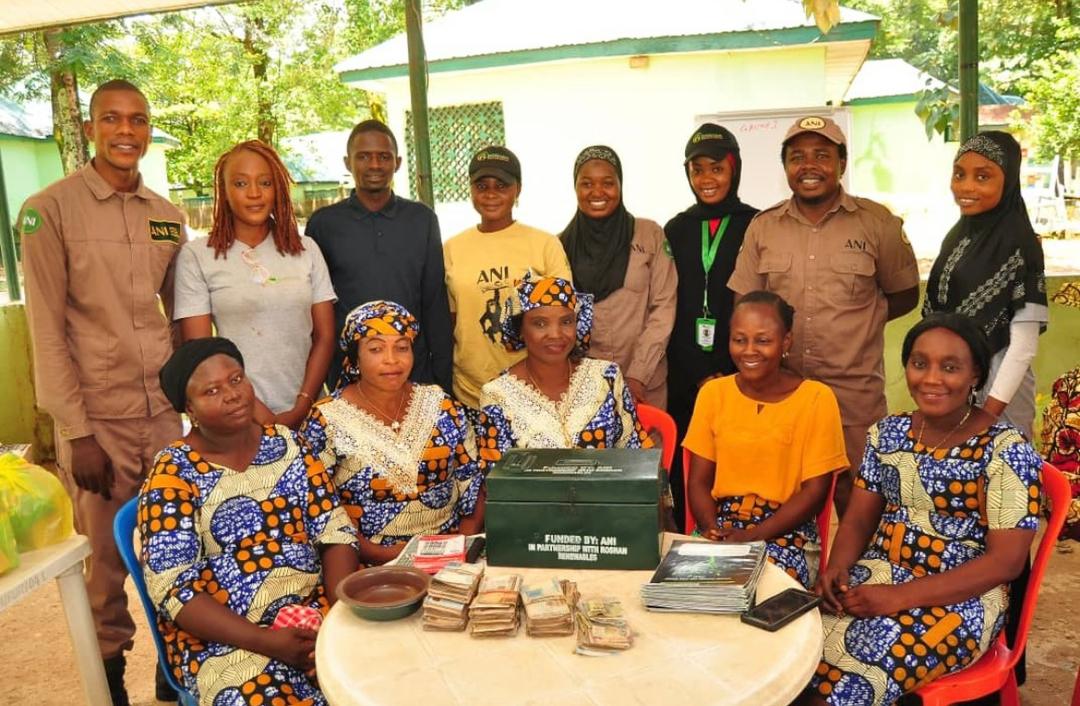
Nacha Geoffrey, country manager at ANI Foundation, told TheCable that these measures helped restore safety across the park and its borders, leading to a rebound in wildlife and renewed confidence in nearby communities.
“Communities can now go around doing their businesses and go to the markets. There’s no cattle rustling or kidnapping. This wasn’t the case before the partnership,” he said.
Security was only one layer of the strategy. ANI emphasised a community-led approach, beginning with socio-economic assessments to identify local needs.
Geoffrey said ANI has created about 200 direct jobs and more than 6,000 indirect ones so far. Over 2,000 women have been trained and organised into Savings and Loan Groups (SLGs), supported with interest-free credit and agro-processing equipment.
The foundation also supported cattle vaccinations, poultry health initiatives, school upgrades, beekeeping, and agricultural training.
“These women involved in the SLGs are now easily employing at least 3,000 people to work for them in their different businesses,” he added.
“We have provided free cattle vaccinations for several years now to roughly 200,000 cattle, and supported vaccinations for chickens.
“We have provided beekeeping training to 50 farmers. Each of them has been supported with 10 hives, which is roughly 500 beehives. We’re also supporting 500 farmers with improved seedlings and smart agricultural training.
“We have upgraded three schools, and awarded 50 scholarships for families who couldn’t send their children to primary school. This is just a little out of the many interventions that we are providing to the communities.
“We also work closely with the local government and the state government to support the security architecture to provide logistics for them to be able to do their work outside the park.
“Our approach was community-led, an all-inclusive system where the solutions were actually bottom up rather than top down.”
While tourism development was part of the long-term vision, Geoffrey stressed it was not the immediate priority.
“Ecotourism is stage two. In less than two years from now, we will have ecotourism or at least have started,” he explained. “All we’ve been doing now is to make sure the park is safe, functional, and wildlife has rebounded.”
He said ANI’s ambition is to make the park financially sustainable and globally competitive. “Our long-term vision is to see the park function effectively like you would see parks in Kenya, Rwanda and other countries,” Geoffrey said.
“Our vision is to have a thriving park that supports the economy and livelihood of the communities around it, a park that supports a booming ecotourism industry for the state and for the region.”
But that vision, he added, depended on strong government partnership and local buy-in. “The communities living around the park are very important for success. They need to see the park as a blessing rather than a cost,” he added.
PARTNERSHIPS BEYOND CONSERVATION
The success at Gashaka Gumti has prompted discussions on whether public-private partnerships could be replicated across all Nigeria’s national parks.
Under the Bureau of Public Enterprises’ commercialisation framework, the NPS has positioned the sector for greater private involvement, arguing that every park holds unique opportunities for investors.
In Cross River, the REDD+ programme has shown how carbon finance can be leveraged to support conservation.
Savannah parks such as Kainji Lake and Kamuku in Kaduna are suited for wildlife tourism and research partnerships, while the lesser-known parks in Yobe and Bauchi have been identified as candidates for both eco-tourism and community-based development projects.
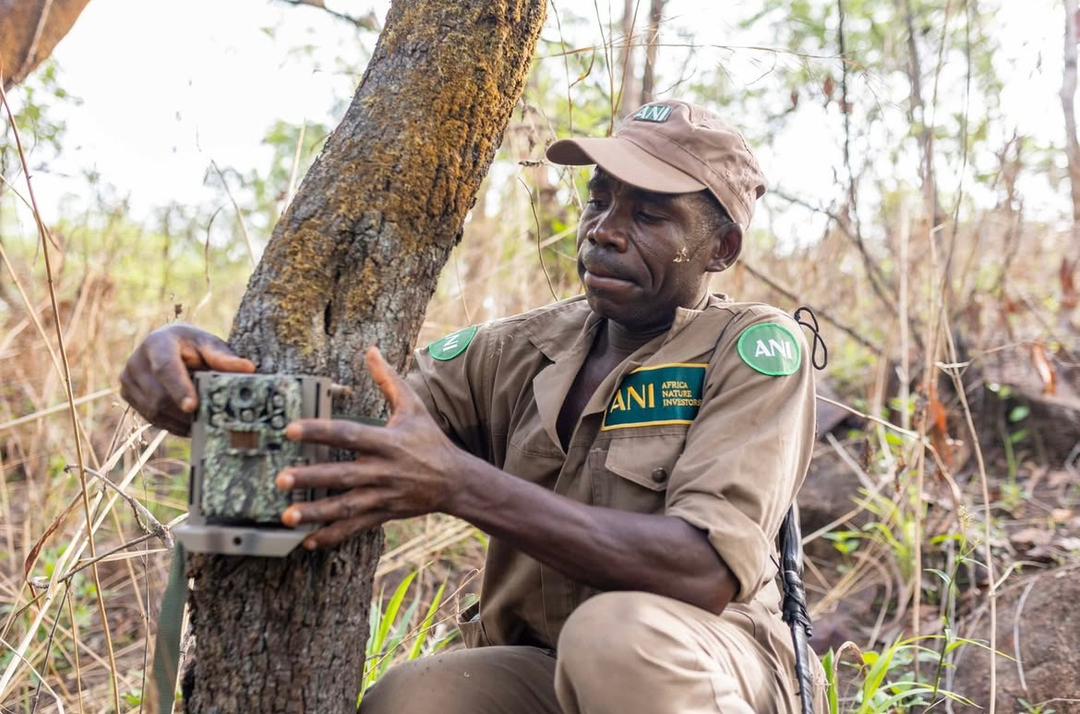
According to the NPS conservator-general, investment need not come only from conservation foundations. Tour operators, international funds, and private players in aviation, hospitality, and agriculture all have roles to play in expanding the sector.
Goni said by diversifying the investor base, the NPS hopes to reduce reliance on federal allocations and move toward self-sustaining parks that generate revenue for the country while protecting biodiversity.
“The parks hold a lot of potential, and Nigeria can be both a tourism and investment destination,” he said, citing recent government reforms on passports, visas, and company registration as steps to ease the entry of investors.
“We have opened our doors for investment to improve the situation of local communities and ensure that these resources thrive. Visitors too will benefit as they come to view and enjoy them.”
Goni emphasised that promoting the parks requires partnerships beyond the NPS. “The National Park Service alone cannot do it,” he said.
“We need the Nigerian Tourism Development Authority to package these tourism sites and cultural festivals around our parks, and sell them to the world.
“We need tour operators, travel agents, and the ministry of interior to work with us. With these collaborations in place, Nigeria will be better positioned to attract visitors and investors.”
